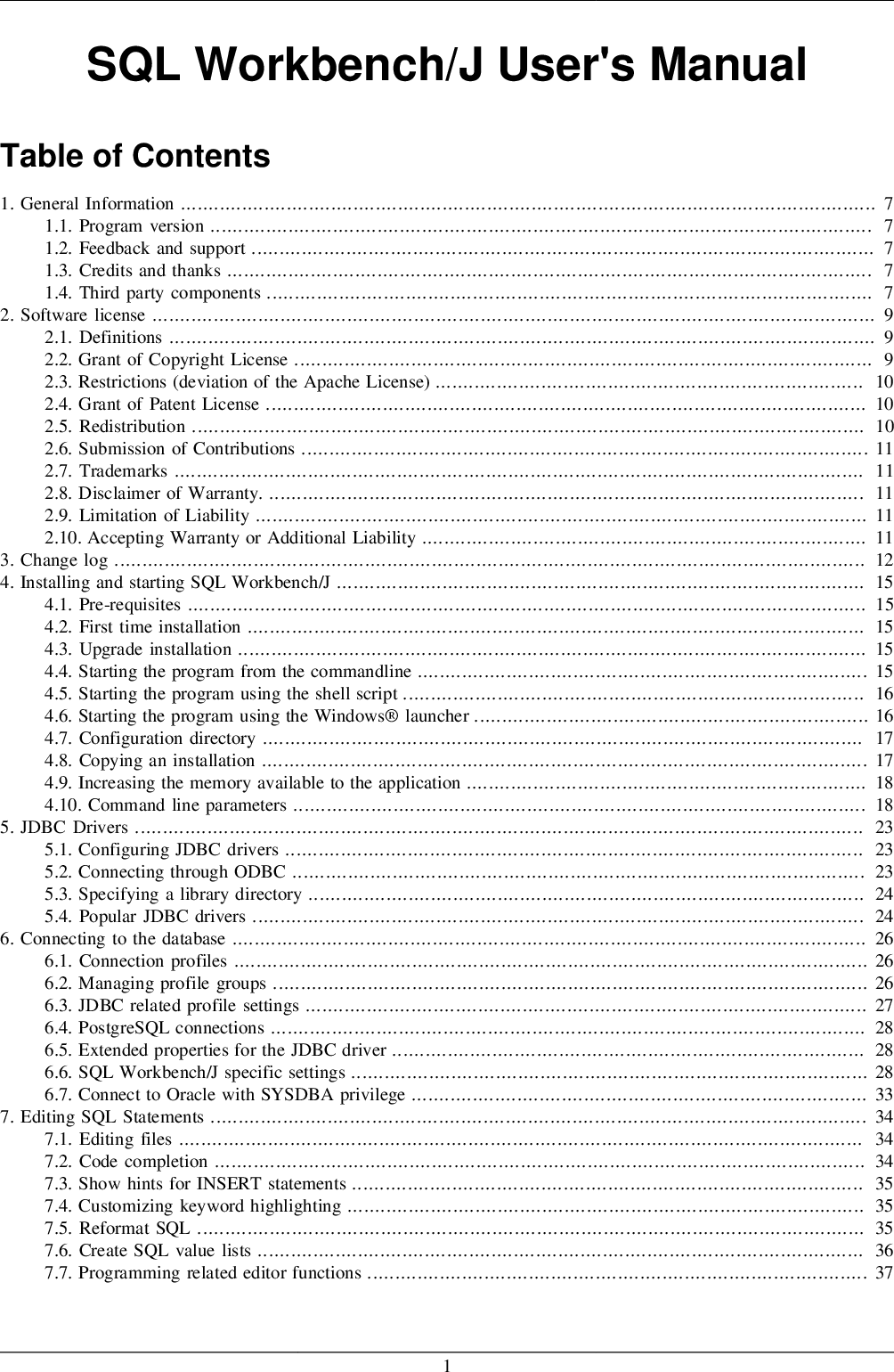

- Running 32 bit on 64 bit windows 10 problem how to#
- Running 32 bit on 64 bit windows 10 problem install#
- Running 32 bit on 64 bit windows 10 problem full#
Running 32 bit on 64 bit windows 10 problem full#
In a 64-bit version of Windows, 32-bit apps run under something named the Windows 32-bit on Windows 64-bit (WoW64) compatibility layer-a full subsystem that handles running 32-bit apps. Your 32-bit Windows programs will run about the same as they would on a 32-bit version of Windows (and in some cases, even better), so there’s no downside to running these programs on a 64- bit OS.Įven if every program you use is still 32-bit, you’ll benefit because your operating system itself is running in 64-bit mode.

For example, you’re not going to suffer any kind of performance penalty by running 32-bit apps. Still, these are differences that you’re just not likely to notice running regular apps in the real world. And 64-bit apps can access much more memory directly than the 4 GB that 32-bit apps can access. When possible, running a 64-bit version of the app provides additional security features to apps that are likely to come under attack. After all, 32-bit apps aren’t taking full advantage of the 64-bit architecture. On the surface, it might seem like running 32-bit apps in a 64-bit environment is bad-or less than ideal, anyway. RELATED: Why the 64-bit Version of Windows is More Secure Is Running 32-bit Apps on 64-bit Windows a Bad Idea? If you compare your two different Program Files folders, you’ll find that most of your programs are probably installed to the C:\Program Files (x86) folder.
Running 32 bit on 64 bit windows 10 problem install#
But, all games you install through Steam are installed to the C:\Program Files (x86)\Steam folder by default-even 64-bit games. For example, the Steam client is a 32-bit program, and it gets installs properly into the C:\Program Files (x86)\ folder by default. There’s no rule forcing 32-bit and 64-bit apps into their respective folders. 32-bit apps are usually installed to the C:\Program Files (x86)\ folder on 64-bit versions of Windows, while 64-bit programs are usually installed to the C:\Program Files\ folder. Windows also installs 32-bit and 64-bit apps in different places-or at least, tries to. In all versions, 64-bit apps have no extra text after the name. If you’re using a 64-bit version of Windows 7, you’ll see the text “*32” instead. If you’re using a 64-bit version of Windows 8 or 10, you’ll see the text “(32-bit)” after the name of any 32-bit app. On the “Processes” tab, take a look under the “Name” column. To open it, right-click any open area on the taskbar, and then click “Task Manager” (or press Ctrl+Shift+Escape). You can use Task Manager to see which of your programs are 64-bit and which are 32-bit. RELATED: Beginner Geek: What Every Windows User Needs to Know About Using the Windows Task Manager
Running 32 bit on 64 bit windows 10 problem how to#
RELATED: How Do I Know if I'm Running 32-bit or 64-bit Windows? How to Check Which of Your Apps Are Still 32-bit So, let’s dive into that a bit more and see when it might matter to you. Another little wrinkle-and one that applies only to a very small number of people-is that 32-bit versions of Windows can run old 16-bit apps, but those 16-bit apps will not run on a 64-bit version of Windows. The first thing to know is that 64-bit versions of Windows can run 32-bit apps, but 32-bit versions of Windows can’t run 64-bit software. But, what about those apps? Things get a bit trickier, there.


 0 kommentar(er)
0 kommentar(er)
